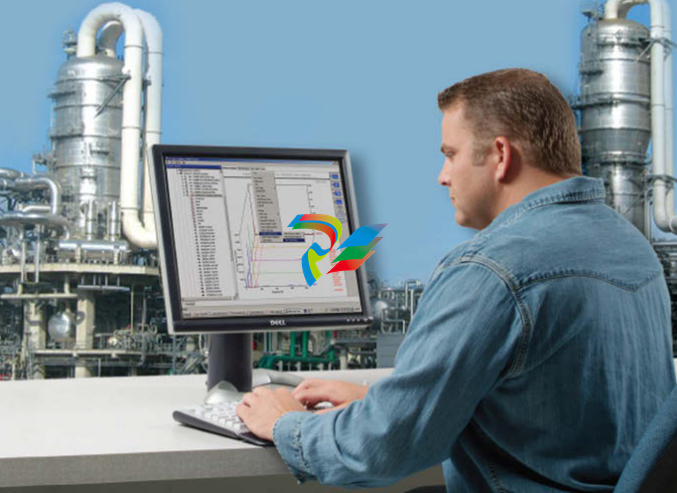A DCS retrofit project or new installation usually includes training for plant operators and I&C
technicians. Personnel turnover, major equipment changes such as a DLN retrofit, or a
change in plant ownership may also prompt DCS training. Typically, operators are focused on
the plant process: how to monitor and control it, and they want details about process graphic
interfaces, alarming, and trending. I&C technicians on the other hand are interested in
maintaining the DCS in good working order, troubleshooting, signal tracing, and system
administration. Control logic functionality and historical data retrieval are also important topics.
Onsite Training
Onsite DCS training allows a large number of plant personnel to be trained on a flexible
schedule using their own equipment, control logic, and operating procedures. Training
materials, tests, and hands-on exercises organized around specific performance objectives
can be customized to fit the specific needs of the trainees. Typical performance objectives
are:
Operator Training
1. Perform operator selectable control functions from Process Graphic Screens.
2. Navigate the Data Analysis and Maintenance Menu and use its functions.
3. Use Point Information and the Point Search Functions.
4. Build and display Trend Groups.
5. Navigate the Alarm Screens.
I&C Training
1. Know basic functionality and location of all DCS hardware; be able to troubleshoot
and replace faulty modules; be able to load controllers/DPUs.
2. Monitor control logic, correlate WDPF logic to the corresponding SAMA drawing,
and be able to troubleshoot and correct faulty software configurations.
3. Navigate the directory structure, perform basic system admin tasks, and perform
system back-ups.
Self-Paced Training
Computer-based, self-paced training is a useful complement to onsite training. It allows
operators and I&C technicians to review DCS documentation and test their knowledge using
“bite-sized” modules organized around specific performance objectives.
Field Service
Make it a standard maintenance procedure to take advantage of training opportunities whenever
a field service engineer is onsite. In most cases field engineers will gladly share invaluable
insights and experiences so integrate training with field service whenever possible.
“Cookbook” Procedures
Some DCS tasks lend themselves well to “cookbook” procedures. Procedures such as point
directory update, software server back-up, and historical data collection can be customized and
compiled into an illustrated procedure manual. For I&C technicians responsible for multiple DCS
platforms, PLCs, CEMs computers, and plant instrumentation this can be a valuable reference.
Plant Simulator or Test-Bed
A plant simulator can be used by plant operators and I&C technicians to practice normal
operating procedures, simulate process upsets, and debug control software modifications prior
to implementation. The WDPF simulator using the same DPU and WEStation hardware as the
plant control system can double as a “hot-spare” parts bin, improving plant availability when
critical WDPF parts fail. A test-bed allows testing of DCS hardware components such as I/O
cards, power supplies, processors, and communication circuit boards. However, it also provides
the software tools needed to build/modify databases, control logic, and process diagrams.
Training is an ongoing process. In addition to the examples listed above, turbine or HRSG
user’s group meetings, industry publications, and ISA certification programs present excellent
training opportunities and can either complement or provide an alternative to OEM training.
About us…
Process Control Solutions specializes in control system
engineering, project management, and commissioning
support for Ovation system retrofits.
We supply WDPF/Ovation software configuration,
optimization, training, and perform logic reviews to insure
SAMA drawings are “AS- BUILT” for Combined Cycle
and Fossil Steam Power Plants.


Leave a comment
Your email address will not be published. Required fields are marked *